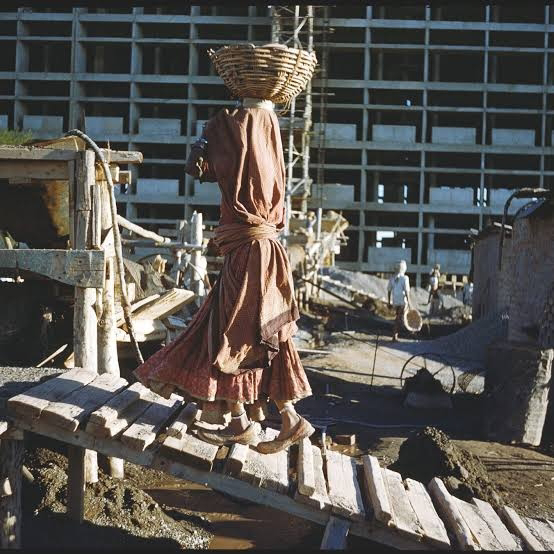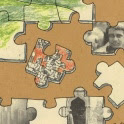Charles Correa - Mythic Image

Manhattan New York as seen from a boat returning from Ellis Island by John Salatas, 15 April 2017. Retrieved from Wikipedia Commons. This essay is in continuation to reviewing A Place in the Shade by Charles Correa. The essay starts by letting us know that Correa has become a part of the steering committee in the Aga Khan award. This opens him up to the contemporary outlook of the architectural professional. Correa asks what the mythic image is, and the value it holds in the mind of the architect. In a way, it's an extremely helpful ruck sack of ideas and concepts that an architect relies on to come up with solutions for the design. But, at the same time, is a curse that limits the architect to critically look at the site and the context that needs addressing. Constantly with Correa, we see him value and fall back on this topic of site context and its climate. Correa refers to Islamic architecture and its spread to the east and how it moulded and reinvented itsel...



